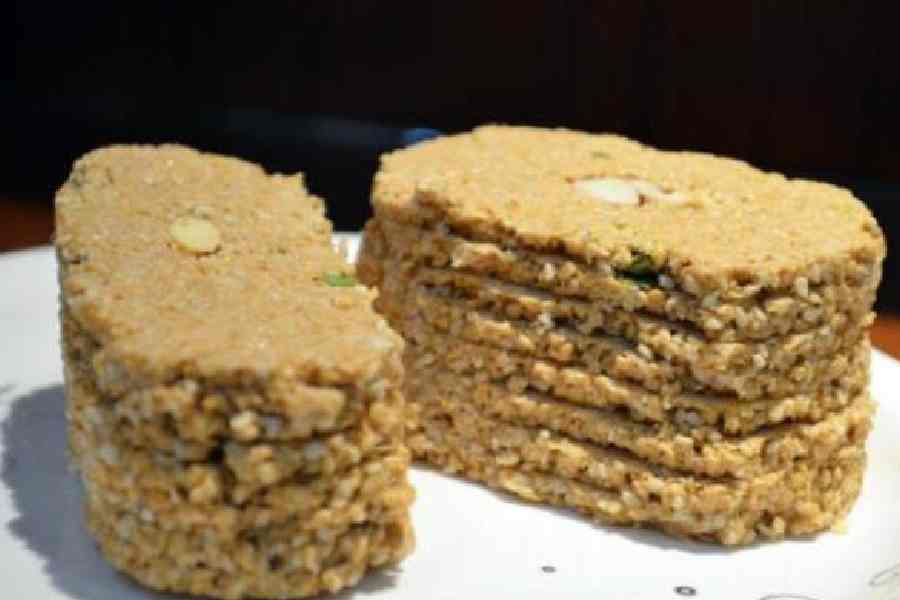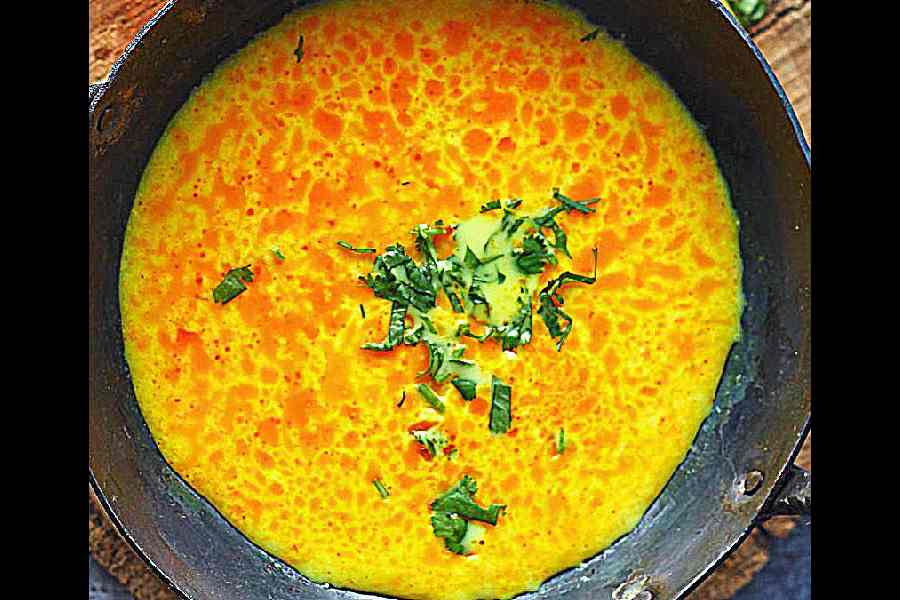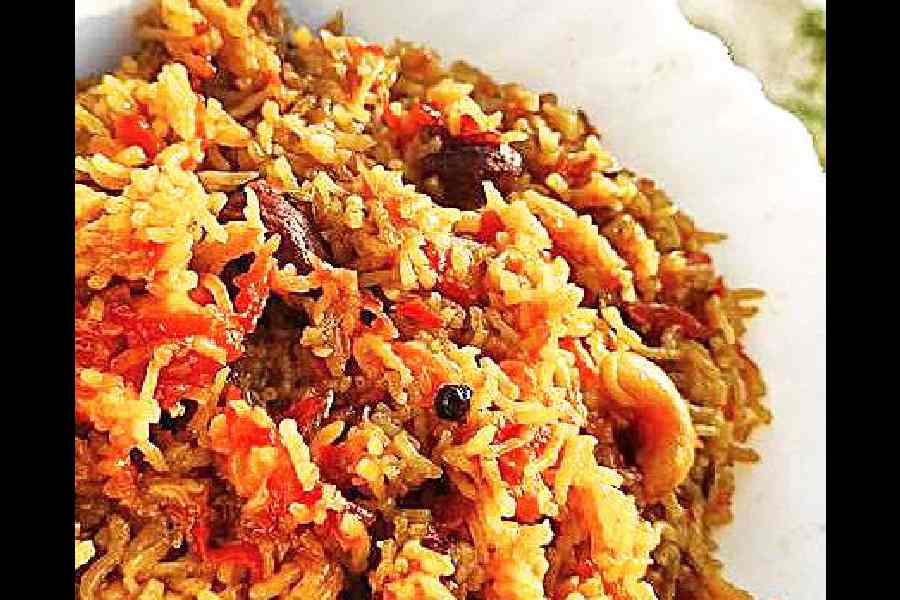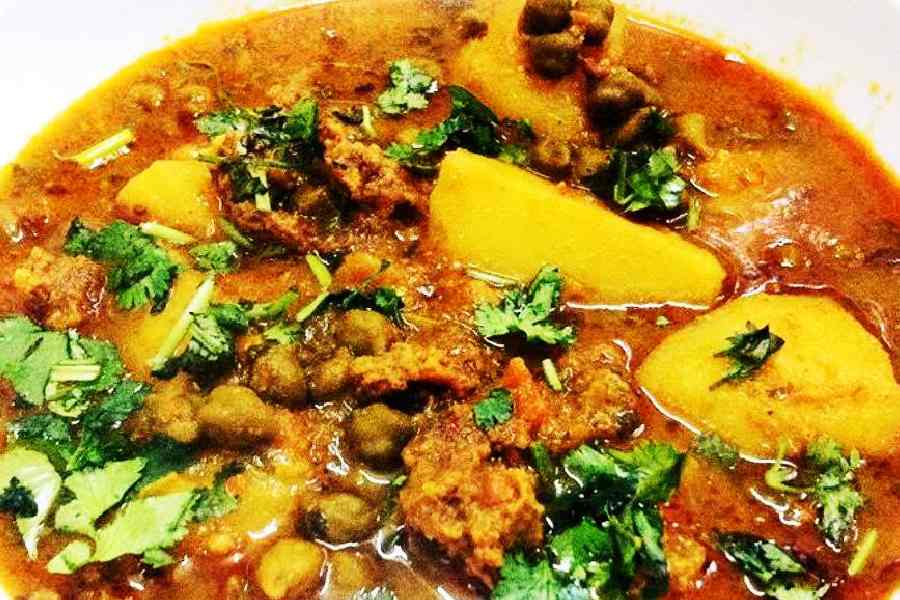Lohri, an integral festival deeply embedded in the rich cultural fabric of India, holds immense significance and delight for people throughout the nation. As the winter’s chill takes hold, the festive warmth of Lohri celebrations serves as a unifying force, bringing communities together in a spirit of joy and vibrancy. Commonly recognised as the festival of bonfires, Lohri symbolises the end of winter and the advent of longer days.

Rewri, Channa, Til Ke Ladoo, Moongfali and Gur Chikki are among the traditional Lohri treats
Predominantly celebrated in the northern part of India, notably Punjab, Lohri occupies a special place in the hearts of its celebrants. The etymology of the term ‘Lohri’ is thought to derive from ‘tilohri’, where ‘til’ (sesame) and ‘rorhi’ (gur) are central ingredients in numerous dishes and sweets crafted during this festive occasion.
The bonfire, referred to as ‘bhugga’, lends its name to the sweet delight known as Til Bhugga. The cultural resonance of Lohri runs deep, symbolising the culmination of the harvest season and the hopeful anticipation of warmer days ahead. Families unite and communities join hands to partake in festivities characterised by joy, camaraderie, and a collective celebration of life.

Gajak
IHA Foundation and the Ahluwalia family come together to craft the annual Lohri festival tonight. It is an endeavor to provide the people of Calcutta with an authentic taste of traditional Punjab.
This year we plan to breathe life into the essence of Punjab’s villages particularly resurrecting the spirit of sadaa pind (our village) at the Hyatt Regency Lawns. It aims not only to revive lost traditions but also to resurrect ancient recipes. Specially designed Lohri sweets from parts of North India like Till Bhugga, Khajur, Patisa and Doda will grace the tables, transporting taste buds to the heart of Punjab.
PUNJABI CHITT

A forgotten ginger-garlic dish from Punjab
INGREDIENTS
- Garlic: ½ cup, peeled and roughly chopped
- Ginger: ½ cup, peeled and chopped
- Milk or curd (either can be used): 1 cup
- Cumin powder: ½tsp
- Turmeric powder: ½tsp
- Red chilli powder: ½tsp
- Green chillies: 2, chopped
- Coriander leaves: A handful
- Ghee: 1½tsp
- Salt: To taste
METHOD
- Take chopped ginger and garlic and convert them into a smooth paste.
- Heat a pan and add ghee to it.
- Add cumin seeds and let it splutter.
- Now add ginger-garlic paste and green chilies.
- Saute them until they turn brown.
- Now add turmeric powder, salt, and red chili powder.
- Also, add ginger-garlic paste and saute it for 1 to 2 minutes.
- Now, slowly pour milk and add curd. Make sure you keep stirring the mixture continuously.
- Now let the mixture come to a boil.
- Lower the flame and cover the lid.
- Let it simmer for another 5 minutes.
- You can add more milk or curd to reach the desired consistency.
- When done, garnish it with coriander leaves.
GUR GAJAR KE MEETHE CHAWAL

A sweet symphony of jaggery and carrots from Punjab
INGREDIENTS
Carrots: 4, grated
Rice: 2 cups
Jaggery (gur): 180g
Ghee: 1 cup
Dry fruits: According to preference
Salt: ½tsp
Green cardamom pods: 2
Black pepper pods: 8-10
Fennel seeds: 3tsp
Coconut: 2tsp, sliced
Water: 2½ cups
METHOD
Peel the carrots. Wash and grate them nicely.
Soak the jaggery in hot water until melts.
Soak the rice for 2 hours.
Heat ghee in a pressure cooker. Add fennel seeds and crushed cardamom pods.
Now add sliced coconut and saute for 1 minute.
Now add soaked rice.
Add salt
Now add grated carrots and mix well.
Now add dry fruits.
Then add black pepper pods.
At last, add jaggery water and normal water. Mix well, cover and pressure cook for 1 whistle on high flame then lower the flame and cook for another 5 minutes.
Serve hot.
AMRITSARI ALOO WADI CHHOLIYA

This delightful creation involves tender potatoes (aloo) and sun-dried lentil dumplings (wadi) immersed in a rich and aromatic gravy, adorned with fresh green chickpeas (chholiya)
INGREDIENTS
Urad dal wadi: ¼cup, lightly crushed
Hara chholiya (green chick peas): 300g
Potato: Boiled and cubed
Tomato puree: ¼cup
Ginger: 1-inch piece, grated
Yogurt: 1 cup
Asafoetida: ¼tsp
Salt: To taste
Oil: 80g
Coriander leaves: 2tbsp, chopped
Green chilli: Roughly chopped
Melted ghee: 1tbsp
#Powdered masalas
Coriander powder: 2tsp
Turmeric powder: 1tsp
Red chilli powder: 1tsp
Cumin powder: 1tsp
Black pepper powder: ½tsp
Garam masala: ½tsp
METHOD
Heat ½tbsp of oil in a heavy bottom pan.
Add the crushed urad dal wadi to the oil and saute on low heat till they become crisp and golden. Take care not to burn them. Once done, remove the fried wadi s to a bowl and keep aside.
Heat a teaspoon of oil in the same pan. Add the ginger, chopped green chilli, asafoetida, turmeric powder, coriander powder, black pepper powder and red chili powder. Saute and add the tomato puree. Cook on medium heat for 3-4 minutes until the tomato puree is thick.
Now, add the hara chholiya (green chickpeas) and crisp wadi to the pan. Toss well and add 2 cups of water, salt and bring the Chholiya Wadi Sabzi to a brisk boil.
Once it comes to a brisk boil, turn the heat to low, cover with lid and cook till water is reduced to half and hara chholiya is tender and cooked.
Add the cubed potatoes.
Stir in the yogurt and simmer for another minute.
Once done, check the salt and spice levels and adjust to suit your taste. Finish with cumin powder and garam masala.
Now add the melted ghee.
Turn off the heat and transfer to a serving bowl.
Stir in the chopped coriander leaves and serve hot with the choice of accompaniment.
MAANH SABAT KI DAL
Whole black lentils, slow-cooked to perfection, offering a rich and velvety texture that pays homage to the comforting flavours of traditional Punjabi cuisine.
INGREDIENTS
lWhole black lentils: ½ cup
lRock salt: 2tsp
lGinger: 2tbsp, coarsely chopped
lGarlic: 3tbsp, coarsely chopped
*Desi ghee: 1tbsp
lRed chilli powder: ¼tsp
lTurmeric: 1tsp
lDesi ghee: 4tbsp
#For the tempering
lDesi ghee: 4tbsp
lGinger: 2tbsp, finely chopped
lGreen chillies: 3, chopped
lRed chilli powder: ½tsp
METHOD
Pick and wash lentils 3-4 times, changing water every time. While washing rub the lentils well. Wash until water is clear, then soak for 3 hours in 6½ cups of water. Strain the water into a heavy bottom pot and keep lentils aside.
Place the pot of water over heat and bring to boil. Add rock salt, ginger, garlic, desi ghee, red chilli powder and turmeric, then lentils; stir once. Cover with a slightly deep lid, bring to boil again and reduce heat to low. Pour some water on the lid and simmer for 3½-4 hours, replenishing the water on the lid as it evaporates.
Remove the lid, continue cooking on low heat. Gently stir and mash the lentils with the back of the ladle to a creamy consistency. There should be no water separately on the top.
Heat desi ghee in a pan for tempering. Add chopped ginger, stir for a second, add green chillies, stir and add red chilli powder. Stir for a second, remove the pan from the heat, stir again and temper the lentils. Cover immediately for a minute. You may reserve half of the tempering and use as garnish.
Keep lentil on low heat and stir occasionally until served.
